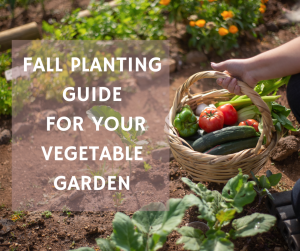As summer winds down in Arkansas, late July through mid‑September offers a perfect window to plant cool-season vegetables like kale, lettuce, radishes, carrots, turnips, spinach, Swiss chard, and broccoli for a fresh and flavorful fall harvest. According to the University of Arkansas Cooperative Extension, ideal planting dates are:
Cooperative Extension, ideal planting dates are:
-
Carrots and broccoli: August 1–September 1
-
Collards, turnips, mustard greens: August 1–September 15
-
Swiss chard and beets: August 15–September 1
-
Kale, lettuce, radishes: August 20–September 15
-
Spinach: August 25–September 15
Choose a sunny site that receives at least six hours of direct sunlight daily and has well‑draining soil—worlds especially important in Arkansas clay soils. Before planting, test your soil through your local Extension office and amend as needed with compost or balanced fertilizer to support strong early growth.
For best results, direct-seed fast-growing vegetables like radishes, lettuce, spinach, and beets; start broccoli, cabbage, or cauliflower indoors about 4 weeks before transplanting into the garden. To protect seedlings and conserve moisture, lightly cover rows with mulch or burlap and keep soil evenly moist during germination.
As temperatures cool in late summer, you’ll enjoy enhanced flavor and quality in fall-harvested crops—and many varieties remain productive past the first frost when properly prepared.
Quick Reference: Arkansas Fall Planting Guide
| Vegetable(s) | Seed or Transplant | Planting Window |
|---|---|---|
| Radishes, Lettuce, Spinach | Seed | Aug 20–Sept 15 |
| Kale, Mustard, Turnips, Collards | Seed | Aug 1–Sept 15 |
| Swiss Chard, Beets | Seed | Aug 15–Sept 1 |
| Carrots, Broccoli, Cabbage | Seed/Transplant | Aug 1–Sept 1 (transplant env.) |
| Spinach | Seed | Aug 25–Sept 15 |
Tips for Success
-
Know your frost dates: Arkansas zones average first fall freezes between late October and mid-November—plan backward using days‑to‑maturity for each crop
-
Prepare the soil: Remove summer crop residues, till or amend to improve drainage, test pH, and apply compost or balanced fertilizer as needed.
-
Water deeply: Give 1 inch per week (more when seedlings are young); avoid light frequent watering that leads to shallow roots.
-
Protect during frost: Use row covers, straw mulch, or fabric to safeguard tender greens when temperatures dip.
For a complete list of dates, visit University of Arkansas.


